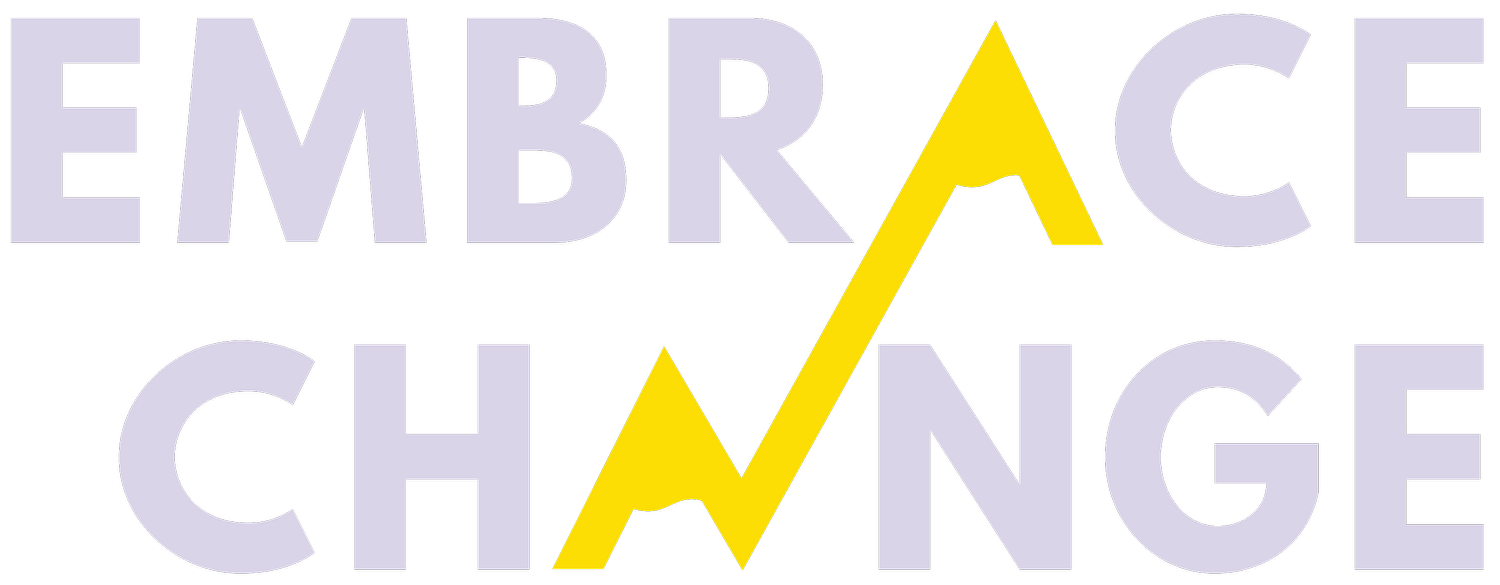What's Actually Worth Knowing About The Great Resignation 👀
What you need to know (& how we can help!)
If you’ve logged on to LinkedIn or read the news over the last six months, you’ve probably heard of The Great Resignation by this point. If not, it refers to the record number of employees leaving their jobs during the ongoing pandemic in 2021 and 2022.
““70% of the American workers who plan on leaving their companies are hoping to do so in the next six weeks.”
There are countless articles out there about it, with more being churned out every day. It feels impossible to know what’s worth a read and what’s not.
But whether you’re actively considering leaving your job or looking for a new one, you don’t want to be left out of the loop (or out of date!) when 70% of the American workers who plan on leaving their companies are hoping to do so in the next six weeks.
Here’s the good news: We did the work for you! We developed the first and only comprehensive white paper so far on the topic: “The Great Resignation: How to Minimize Company Losses as Employees Continue to Quit.”
In our research, we’ve summarized what employees most need to know right now—from negotiation tactics to identifying red flags within company culture. Here’s a brief overview:
If you’re currently on the job market, know that in the time since we published this paper in Q4 2021, the quit numbers have continued to increase. A record number of workers—4.5 million to be exact—voluntarily left their jobs in November. That’s some steep competition.
Simultaneously, more companies than ever before are aggressively hiring and there’s a lot of power that job applicants hold in this process. To help ask for what you deserve and need, check out the section “What To Do To Maximize Employee Satisfaction and Retention” in the report. (If you’ve already downloaded it, this section begins on page 14.)
The TL;DR: Employees are standing up for better wages, conditions, and titles, no longer accepting the status quo. The most common requests from employees include: a strong work-life balance, excellent compensation and benefits, a positive culture, open and effective management, and flexibility and autonomy.
It’s okay—and in fact, encouraged—to stand up for your values and what you hope to have in your next role!
Not sure how to bring this up with your potentially new employer? Check out our Negotiation Bundle–it includes an Empowered Negotiation Template with a negotiation script that will tell you exactly what to say and how to say it.
“Employees are standing up for better wages, conditions, and titles, no longer accepting the status quo.”
If you’re wondering whether it’s time to leave your job, consider if you’re experiencing one of the top reasons folks transition out of a role: Burnout, inability to work remotely or a lack of work-life balance, major life changes and the pandemic, or a strained relationship with your manager. These experiences are harder to bounce back from, and it’s worth exploring new opportunities—especially with potentially higher pay, a higher title, or more flexible benefits.
What should you look for in a prospective new job or work culture? More and more companies are being called on to: offer hybrid and remote work, provide home office stipends, create clear and transparent ways to leadership and promotions, and prioritize the needs of women and people of color. Identify which of these offerings and benefits are most enticing to you; pages 14-18 of the report deep-dive into each, with suggestions to consider asking for.
Plus, if you are exploring leadership opportunities, managers will often pay for career coaching services for staff, one of Embrace Change’s signature services. I’ve seen employer-sponsored coaching work wonders for BIPOC employees and rising stars, and it’s always considered a sign of good faith and investment in their team.
And a final note:
Did you know that the average turnover cost is 1.5-2x your annual salary? Companies don’t want to lose out on top talent or the time they've invested in searching, recruiting, and hiring new team members—especially if a new hire leaves within a few months, whether due to employee dissatisfaction, a negative work culture, or better offers elsewhere. The employee engagement process doesn’t just end with hiring; retention is also key and worth speaking up about if you plan to stay in a current role!
For 15 more data-driven insights, download the report in full. While geared towards employers, you can get a behind-the-scenes look at what the hiring landscape is really like, the three areas companies should be focusing on to increase employee engagement and retention, and red flags to avoid.
Unlike most hiring surges, this time around, the ball is in your court--and with the right strategy, you can slam-dunk your next career move.


